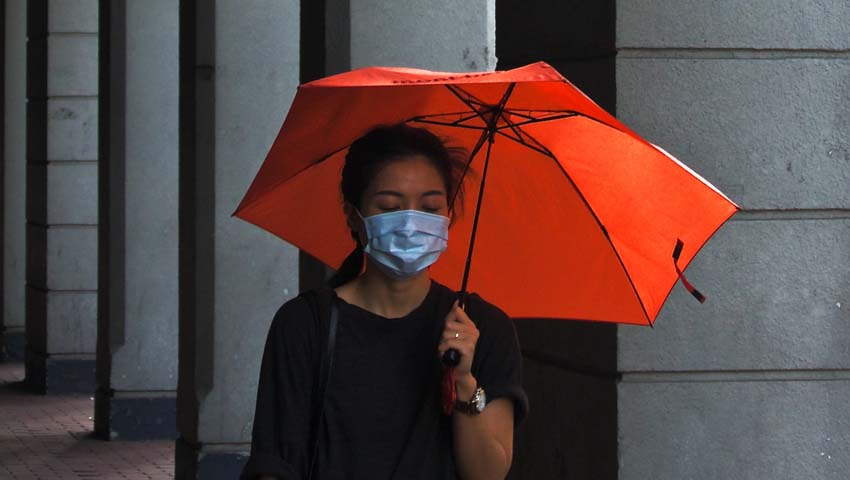People in the US are more likely to get the seasonal flu than the coronavirus (COVID-19) most health officials have reported, but we should still be gearing up for a potential coronavirus outbreak. On February 25th, the number of new cases reported outside China exceeded the number of new cases in China for the first time.1 The CDC’s website has said the “potential public health threat posed by COVID-19 is high, both globally and to the United States”.
Preparation is key
We need to be prepared for more cases and potential community spread. Although the majority of people infected with the COVID-19 will be treated with home isolation, our obligation in healthcare institutions is to be prepared for the 15% presenting with severe illness and the 5% which will become critically ill.
Airon is part of the healthcare system readiness plan
As respiratory experts, we understand the grave implications and threats of this virus and are compelled to help. Beginning immediately, we are offering a Limited Time Discount Program of up to 20% to qualified health institutions and governments for selected ventilators and other products.
Does the new coronavirus affect older people, or are younger people also susceptible?
People of all ages can be infected by the new coronavirus (2019-nCoV). Older people, and people with pre-existing medical conditions (such as asthma, diabetes, heart disease) appear to be more vulnerable to becoming severely ill with the virus.
What is the recommended clinical pathway for those presenting to the hospital with severe illness?
Acute respiratory distress syndrome (ARDS) developed in 17–29% of hospitalized patients, and secondary infection developed in 10%. Between 23–32% of hospitalized patients with COVID-19 and pneumonia have required intensive care for respiratory support. Among critically ill patients admitted to an intensive care unit, 42% received noninvasive ventilation, and 47% received mechanical ventilation.2
Airon’s ventilators offer support
Hospitalized patient with pneumonia clinical care course could include oxygen, CPAP, noninvasive ventilation as well as mechanical ventilation. Airon’s pneumatic ventilator offers all modes for comprehensive respiratory supportive care. For more information, see: WHO interim guidance on clinical management of severe acute respiratory infection when novel coronavirus (nCoV) infection is suspected [PDF].
WHO has declared a public health emergency of international concern – their highest level of alarm. Does this mean the coronavirus has become a pandemic?
The coronavirus has pandemic potential and WHO / CDC are providing the tools for every country to prepare accordingly. The classification of pandemic may signal that we can no longer contain the virus, which is not true. We are in a fight that can be won if we do the right things.
Seasonal flu is more aggressive in 2019-2020 season
Even though the coronavirus is more deadly and contagious then seasonal influenza, people should be vigilant about protection against the seasonal flu. More than 310,000 people in the US have been hospitalized during the 2019-2020 flu season, which has caused 18,000 deaths this year.3
Notes
- WHO Daily Situation Report, February 25, 2020
- CDC Coronavirus Disease COVID-19 Clinical Care, February 12, 2020
- CDC Influenza Surveillance Report, updates for Week 8, ending February 22, 2020

